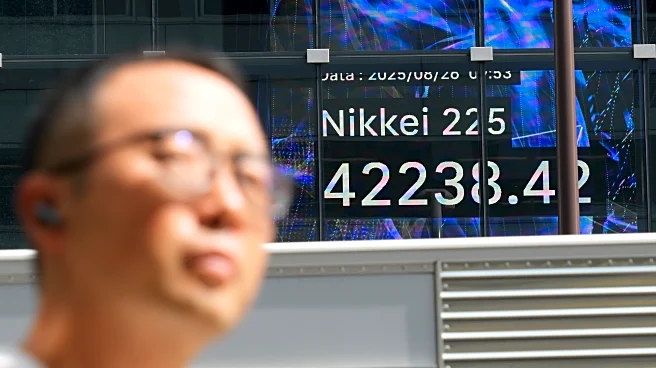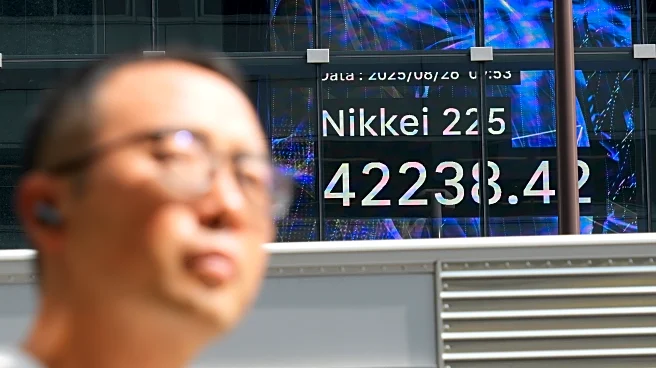What's Happening?
Swedish fintech company Klarna is preparing to launch its initial public offering (IPO) in the United States next month, aiming for a valuation between $13 billion and $14 billion. This marks a significant reduction from its previous peak valuation of $50 billion during the pandemic. Klarna had paused its IPO plans earlier due to market instability caused by President Trump's tariffs but is now moving forward, encouraged by a resurgence in U.S. equities and successful IPOs from other companies. The company has undergone substantial workforce reductions, cutting nearly 40% of its staff, which is seen as a move to present a leaner profile to investors.
Why It's Important?
Klarna's IPO is significant as it reflects broader trends in the fintech industry, where companies are adjusting to post-pandemic realities. The reduced valuation highlights investor caution regarding long-term profitability and competition from traditional banks and tech companies. Klarna's ability to raise close to $1 billion through the IPO could provide essential capital for expansion and competition against rivals like Affirm and PayPal. The timing of the IPO is favorable due to strong equity markets and successful recent IPOs, which may boost investor confidence.
What's Next?
Klarna's IPO will test investor sentiment regarding fintech companies' ability to balance growth and profitability. The company aims to leverage AI-driven efficiencies to maintain profitability while expanding its customer base. The success of the IPO could influence other fintech companies considering public offerings. Klarna's performance post-IPO will be closely watched to assess its ability to sustain growth amid competitive pressures.
Beyond the Headlines
The workforce cuts at Klarna highlight the impact of technological shifts on employment within the fintech sector. As companies integrate AI, the need for human labor decreases, raising questions about the future of jobs in tech-driven industries. Klarna's IPO also underscores the evolving landscape of consumer finance, where BNPL services are increasingly popular among younger consumers seeking flexible payment options.













